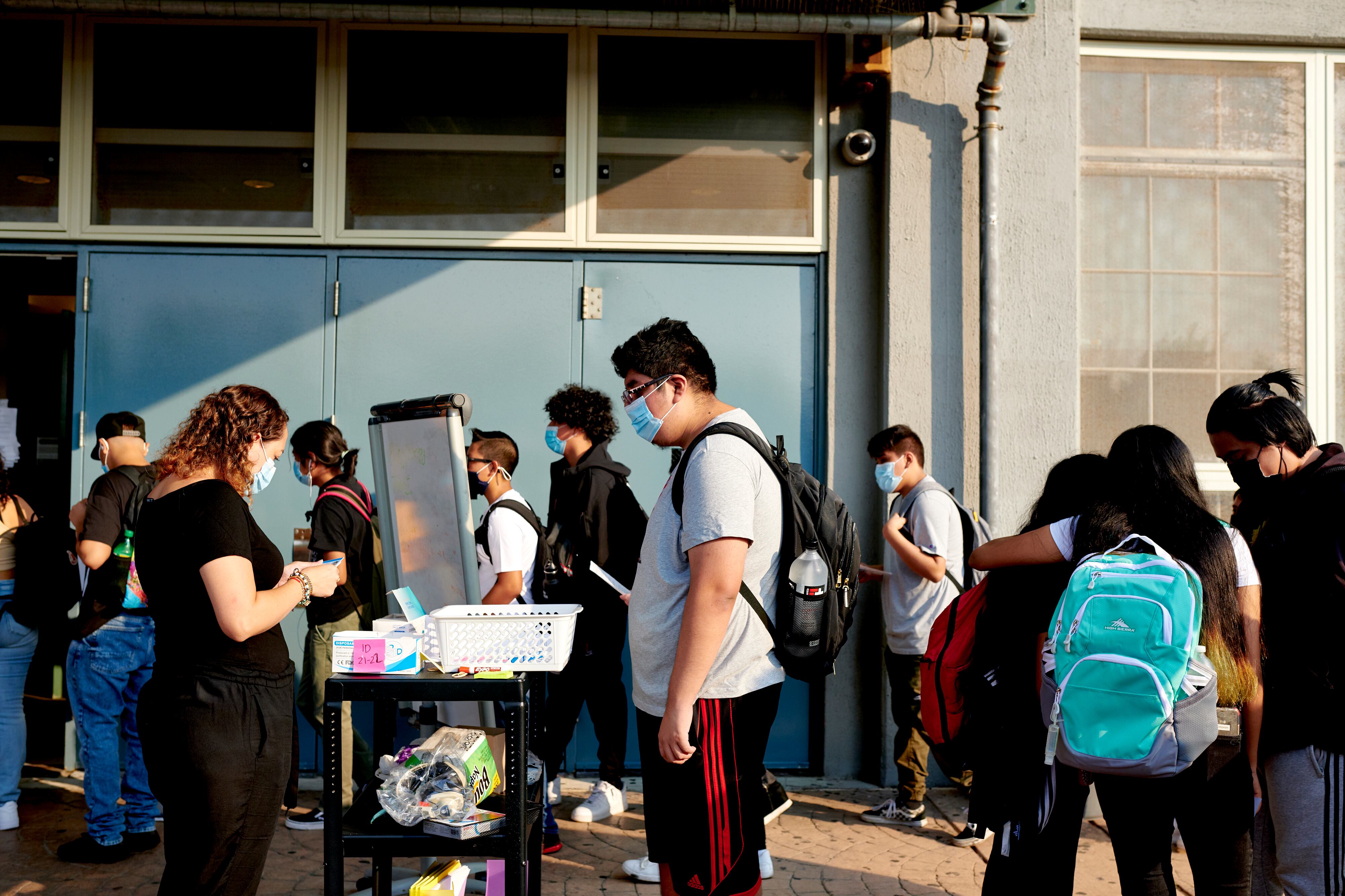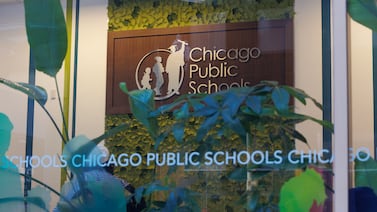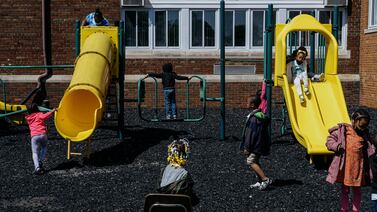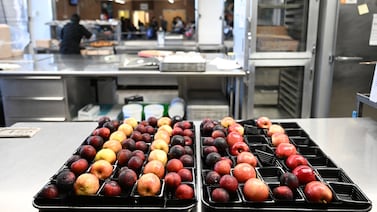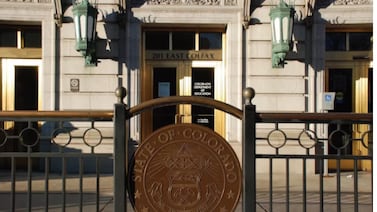After just one week of school, New York City will make a significant change to its COVID quarantine and testing policies in attempts to keep more students learning in classrooms and align more closely to federal guidance.
Unvaccinated students who are masked and follow the social distancing guidelines of three feet will no longer have to quarantine if they are a close contact of a positive student, Mayor Bill de Blasio announced Monday. The new rule will start on Sept. 27, which is when the vaccine mandate for teachers takes effect.
COVID testing will ramp up to weekly, from bi-weekly, at all elementary, middle, and high schools. Still, only 10% of unvaccinated students whose families consent to testing will get swabbed.
Those changes follow guidance issued by the Centers for Disease Control and Prevention. New York City had started the school year with less testing and more stringent quarantine rules than laid out by the federal health agency.
De Blasio said the changes were prompted by the numbers of students sent home just days into the school year. The new policies “will allow more kids to safely remain in the classroom,” he said.
“We saw enough quarantining that we thought this is something we want to get ahead of, and make sure that only those who really need to quarantine are quarantining,” de Blasio said.
What about lunch? COVID-positive teachers?
There are some major caveats to the policy.
At lunchtime, when masks come off, any student who is within six feet of an infected classmate will have to quarantine.
In elementary school, an entire class will still quarantine if an adult in the room tests positive for COVID. In middle and high schools, any unvaccinated student will be required to learn from home if an adult in the classroom is positive. In doing this, city officials said they were following CDC guidelines, which call for students to quarantine anytime they are within six feet of an infected adult. (The city’s interpretation of this rule assumes that every student will have come within six feet of their classroom teacher.)
Even while cases among adults could force more students into quarantines, the unions representing teachers and school administrators have fought a mandate for all of their members to get vaccinated, joining a lawsuit along with other municipal unions against the city.
Until the requirement to get vaccinated kicks in, staff who haven’t gotten their shots are currently required to show proof of a negative test weekly.
‘Ensuring that kids remain in school’
New York City had started out this school year with a more conservative quarantine policy, closing entire classrooms of elementary school students for 10 days if one person tested positive for the coronavirus. A more complicated approach was taken for middle and high school: vaccinated students without symptoms would be allowed to remain in class while those who weren’t vaccinated would have to quarantine for 10 days unless they got a negative test result and could return earlier.
Dr. Dave A. Chokshi, commissioner of the city’s health department, said that the ramped up testing allows the city to “bring a scalpel” to the quarantine policy. Before the change, many parents and teachers were skeptical that the level of testing happening in schools — which was less than what the CDC recommends — was enough to keep students safe.
“Taken together, this allows us to strike the balance of both keeping kids safe while ensuring that kids remain in school,” Chokshi said.
In the week since school opened to nearly 1 million students, 592 students and 384 staff have tested positive for COVID-19, city data show. Those cases have resulted in 445 full classroom closures and 326 partial classroom closures, in which vaccinated students are allowed to continue learning in person even if they were exposed, as long as they are not feeling sick. There are roughly 65,000 classrooms in city-run schools and city-funded early childhood education centers.
Over the weekend, city officials shut down P.S. 79, a Manhattan school for children with disabilities, after at least 16 staff members tested positive and officials found evidence of widespread transmission in the building. It was the first full-school closure since the school year started.
A balancing act
The plan to increase testing comes less than 24 hours after the city’s teacher union called for more frequent testing of all students under 12 years old, who are currently ineligible to be vaccinated.
United Federation of Teachers President Michael Mulgrew praised the move to more frequent testing. But he called it “ill-advised” to change the quarantine rules.
“Maybe in the mayor’s universe all children keep their distance, wear their masks correctly and leave them on all day, but in the real world of our schools, this just isn’t so, particularly in the many schools that are overcrowded,” Mulgrew said in a statement.
The changes in quarantine rules announced Monday will likely lead to fewer quarantines.
Many families who criticized the city for having more stringent quarantine measures than CDC guidance had called for changes, worried the city’s original policy would lead to many children sitting home.
At the same time, the move may draw concern from educators and families about the risks of transmission in classrooms that are at full capacity.
Less live instruction for quarantined students?
It could also make instruction more difficult when students are sent home. The city’s policy calls for elementary school students to receive live remote instruction when an entire class is quarantined. The new quarantine policy makes it more likely, however, that only some students are sent home.
In those cases, and in middle and high schools, students are supposed to receive support from teachers in the form of “office hours,” where they can log on to ask questions or for more intensive help, like small-group instruction. Office hours might be difficult for younger students to navigate, and fewer elementary schoolers may end up receiving synchronous instruction while they’re quarantined.
“We’ll continue to provide alternative instruction for any kids who need to go home,” de Blasio said.
Schools Chancellor Meisha Porter emphasized that more students will be able to continue to learn in classrooms under the new policy.
“It is so important that our school communities remain whole, when possible,” she said. “Allowing vaccinated students to stay in school allows for the continuity of in-person instruction.”
The new policies come on the heels of news that the Pfizer vaccine is effective for children ages 5 to 11. De Blasio said he expects “huge numbers of parents” to seek the shots for their children, and he called on health regulators to quickly approve the vaccines for that age group.

